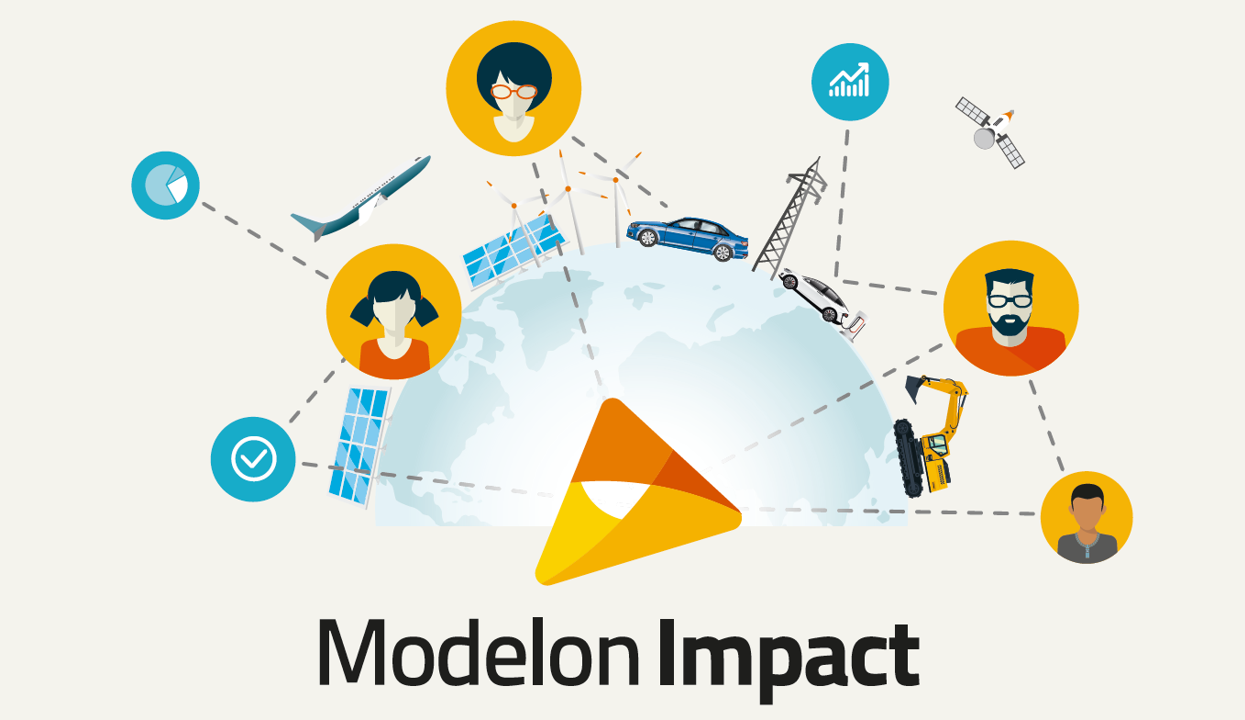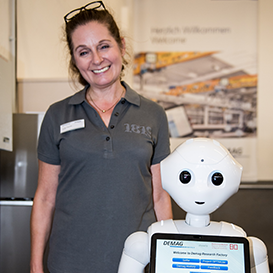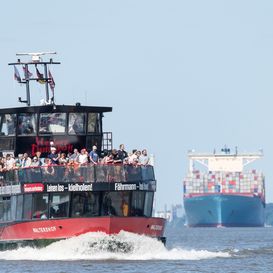Modelon
Making impact, literally, the next big thing
Hubertus Tummescheit, co-founder of Modelon and since July 2018 Chief Solutions Officer and Managing Director of US operations, explains that while Modelon (headquartered in Lund, Sweden) is still very much an SME with a headcount of just over 100, business operations are quite global, with offices as far afield as the US and Japan.

Hubertus: “I helped found the company along with four other PhDs, all of us with somewhat different engineering backgrounds. Which is one of our core strengths. We are able to combine different disciplines under one roof. The Modelica language, which was the focus of my thesis, is a kind of common denominator you could say. I had a great belief at the time that the technology would really take off, even though I thought it might be a little too early. Given that belief I put the start-up to the other co-founders and, to cut a long story short, we went for it!”
Defying Death Valley
Hubertus and his colleagues developed an open-source library with a couple of user-friendly extras and were fortunate that Daimler was so intrigued that Modelon was asked to support the bigger partner in a project to provide simulation models for the modern-day design of automotive airconditioning systems. “Our initial customers were Daimler, BMW, Volkswagen and Audi along with several tier-one suppliers. That was very successful, and we even won a benchmark against competing companies with new technologies. One of the keys to our success was that we had an open technology, based on the open-standard Modelica. It made a big difference. Up till then, German car manufacturers would ship their vehicles to Death Valley in the US to test the airconditioning in extreme conditions,” Hubertus explains. “Our model-based design engineering solution significantly reduced this testing effort and, importantly, cost. They still bring over one vehicle for testing for a real-world check, but the design process is all done virtually and makes use of localised testing. Of course, to ensure that your system design is effective, you need properly validated component models. Because this can be done virtually, you achieve real certainty, without having to test the whole system.”
Interdisciplinary
Being able to furnish such virtual testing solutions is due, to a large extent, to the uniqueness referred to earlier of Modelon having diverse engineering disciplines in house. “Our mix of competencies is something that sets us apart. In academia it is said that interdisciplinary working is key to breakthroughs and successes. And that is also true for us. Our main customer domains are automotive, aerospace and energy. Our engineers have experience, knowledge and expertise in these domains. If you couple this to our computer science and programming engineers who can build successful software out of that and people with mathematics and numerics backgrounds to ensure that our simulations are always optimal, that makes for a very strong team and is a critical success factor for us.”
Making tricky things easy
When it comes to the software, Hubertus is convinced that the innovation is down to this interdisciplinary nature of the work. “I would not say that we are on the latest page of software innovation trends and developments but our ability to bring things together from different perspectives in a new way into a particular product means we are usually the first to do it. So, in that respect, we get the innovation into the product fast. Take our new product, Modelon Impact, as an example. I hope I don’t stretch the analogy too far when I cite the Apple iPod. There had been plenty of great music players before the iPod came out, but only the iPod, and the iPhone for that matter, made the leap to millions of consumers. While we’re in the B2B domain, we want to do something similar with our Impact product: enable every simulation engineer to use it – plug and play if you like. We will only be able to achieve the real breakthrough or innovation when we make tricky things so easy to use that everybody has the tool to improve simulationbased design. This is also known as ‘democratisation of simulation’. And the role of innovation is essential in making complex things intuitive and simple to use.”
Publicly funded projects
Innovations, of course, do not come without collaboration, and Hubertus is very mindful of the role of publicly funded projects and programmes like ITEA in making this possible. “We have been involved in a number of ITEA projects as well as national Swedish and German research projects. These projects have played an important role in the past and will continue to do so in the future for us. ITEA projects have helped to establish many of the open standards and contributed to the development of Modelica, so we have benefited from our involvement in them. Not only have these projects like MODELISAR, OPENPROD and EMPHYSIS proved very valuable in our spearheads of open standards and innovation. I have never seen this kind of support for open standards here in the US – they love standards, don’t get me wrong, but there is no public funding for the development of them. In Europe more collaboration takes place through programmes like ITEA. It really gives us the framework to facilitate the organisation of these projects, especially since it is driven by what the industry needs. This focus fits. And with a growing global landscape, partners are also coming in from around the globe, this also broadens our horizons and business prospects.”

Real success story
As a final comment, Hubertus looks back at the ‘ride’ Modelon has been on. “Earlier this year we did an IPO (initial public offering), which was a big day for us. We’ve grown organically from five PhDs to over a hundred employees and offices around the world. What brought us to the point where we have become a publicly traded company is a combination of publicly funded projects and our ability to convince our customers to work with us on innovation. I see exciting times ahead, and if our Modelon Impact product takes off as we hope, maybe we will have to move out of the SME category in a few years’ time. And I would call that a real success story!””
More information:
https://www.modelon.com/
Other chapters
Use the arrows to view more chapters

Editorial
By Jean-François Lavignon

Country Focus: Korea
KIAT - A European foothold for global market penetration

Hanyang University
The Engine of Korean Innovation

ITEA Success story: Flex4Apps
Deep customer understanding, backed by data

Sustainability
The insights of Atos

Community talk with Anja Fischer
From a matter of work to a matter of the heart

Cyber Security & Cloud Expo 2021
Keeping the focus on customer orientation

ITEA Success story: DANGUN
Paving the way for the autonomous vehicle revolution

SME in the spotlight: Modelon
Making impact, literally, the next big thing

By and for end-users
HPA and I2PANEMA strengthen port ecosystems

ITEA 4 - And we’re off!
First ITEA 4 Call launched during Online ITEA PO Days 2021

